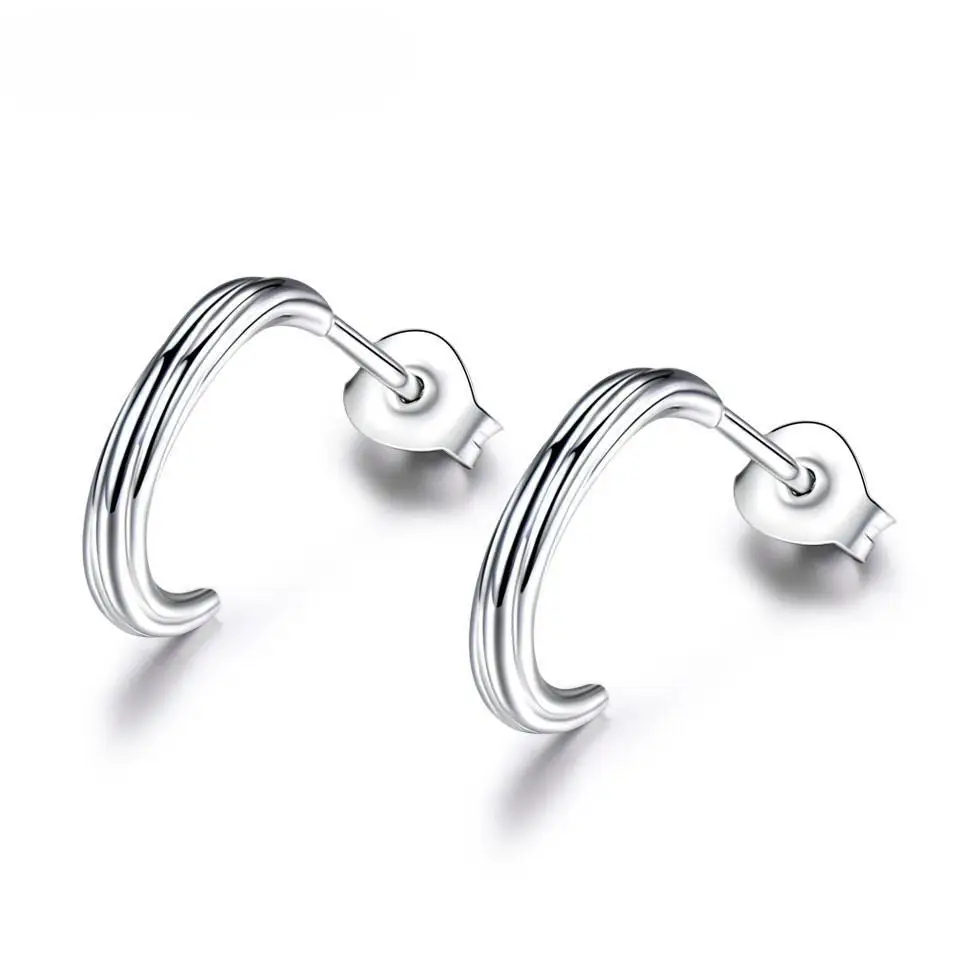
Email format error
Email cannot be empty
Email already exists
6-20 characters(letters plus numbers only)
The password is inconsistent
Email format error
Email cannot be empty
Email does not exist
6-20 characters(letters plus numbers only)
The password is inconsistent


When it comes to purchasing metal crafts in bulk, whether for resale, gifting, or personal projects, quality is paramount. High-quality metal crafts not only look aesthetically pleasing but also stand the test of time. This guide will walk you through the essential considerations for evaluating craftsmanship and material quality, ensuring you make informed decisions when buying metal crafts in bulk.
Craftsmanship in metal works refers to the skill, technique, and artistry involved in creating metal items. It encompasses everything from the choice of materials to the methods used in shaping, finishing, and detailing the final product. High-quality craftsmanship results in pieces that not only meet functional needs but also exhibit beauty and attention to detail.
When evaluating metal crafts in bulk, several key indicators can help you identify high-quality items:
Quality metal crafts display meticulous attention to detail. This includes clean lines, precise cuts, and well-defined features. Check for any rough edges, uneven surfaces, or flaws in the finish. High-quality pieces will exhibit smoothness and refinement, reflecting the craftsman’s skill.
In bulk purchases, consistency is crucial. Examine whether the crafts in the bulk lot have uniformity in design and finish. Variations may indicate a lack of quality control during production. A reliable supplier should provide items that look cohesive, even if they vary slightly in shape or size due to the nature of handcrafted work.
Understanding the materials used in metal crafts is essential for quality assessment. Different metals offer varying levels of durability, aesthetics, and functionality. Here are some common types:
When inspecting metal crafts in bulk, keep an eye out for signs of quality materials:
Heavier items often indicate the use of solid materials. Lightweight crafts may be made from thinner, less durable materials, which can compromise their longevity. Assess the weight relative to the size of the item; quality metal crafts should feel substantial.
Look for signs that the metal has been treated or finished to resist corrosion and wear. Quality items may have protective coatings or finishes that enhance their durability. Conducting a simple scratch test on inconspicuous areas can also provide insights into the material's quality.

Different crafting techniques can significantly impact the quality and appearance of metal crafts. Familiarizing yourself with these techniques will help you make informed decisions.
If the item involves welding or soldering, assess the quality of these joints. Strong, clean welds are a hallmark of good craftsmanship, while weak or messy joints can indicate potential structural failures.
The methods used to create metal crafts directly influence both their durability and aesthetic appeal. For example, hand-forged items often showcase unique characteristics and textures, while machine-made items may be more uniform but less distinctive. Weigh the importance of uniqueness versus consistency based on your specific needs.
Choosing a reputable supplier is critical when buying metal crafts in bulk. A reliable supplier will prioritize quality, ensuring that the products you receive meet your expectations.
When evaluating potential suppliers, consider the following:
Check online reviews and testimonials from previous customers. Look for feedback on product quality, customer service, and delivery times. A supplier with a history of positive reviews is more likely to provide high-quality metal crafts.
Reputable suppliers may have industry certifications that demonstrate their commitment to quality. Certifications can indicate adherence to specific standards in craftsmanship, materials, and ethical practices.
Before committing to a bulk purchase, request samples of the metal crafts. This step allows you to evaluate the quality firsthand, ensuring that what you receive meets your standards.
When inspecting samples, focus on the following aspects:
Evaluate the finish of the metal crafts. A high-quality finish will be smooth and even, without any blemishes or defects. Textures should be consistent and add to the overall aesthetic rather than detract from it.
Check for any signs of weakness or instability in the item. Gently apply pressure to see if it holds up well without bending or breaking. Quality crafts should feel sturdy and well-constructed.
In the realm of metal crafts, it’s crucial to recognize that lower prices often reflect lower quality. While it may be tempting to opt for cheaper options when purchasing in bulk, sacrificing quality can lead to dissatisfaction in the long run.
Beware of the following pitfalls:
Choosing quality metal crafts in bulk requires careful consideration of various factors, from craftsmanship and material quality to supplier reputation and pricing. By understanding what to look for and conducting thorough research, you can ensure that your bulk purchases will meet your expectations and stand the test of time. Remember, investing in quality metal crafts is not just about the immediate satisfaction; it’s about the long-term value and enjoyment they will bring. Whether for personal use, gifts, or resale, quality metal crafts can elevate your projects and enhance your spaces.